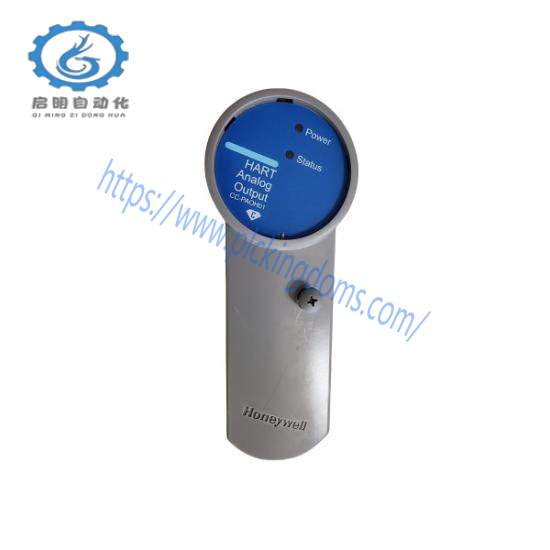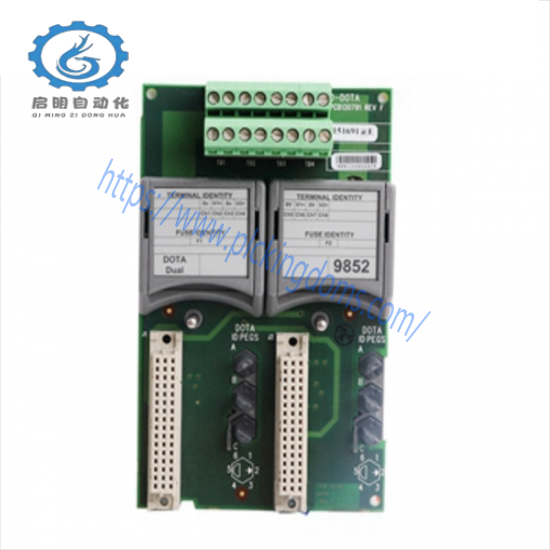Mounting IOTA-NR24 units
Up to three (3) IOTA-NR24 units can be fixed on the MCAR-02 with eight ground screws and two power screws (24V and COM) each. 24Vdc power must be connected to the MCAR-02 on the power rails using M5 screws.
Mounting Carrier (36 inch)
The MCAR-03 is a carrier that can be screwed on any flat surface. The MCAR-03 can carry two IOTA-R24 assemblies that can each carry two RUSIO-3224 modules. The “MCAR-03 – top and front view” on the next page shows the physical appearance and the coordinates of the four mounting holes
The MCAR-03 consists of:
A metal profile
Two plastic cover plates
A ground rail with 16 ground connection screws
Two power rails with M5 holes (+24 V and 0 V)
Eight mounting holes (6.35 mm diameter)
Mounting an IOTA-R24
Up to two IOTA-R24 units can be fixed on the MCAR-03 with ten ground screws and two power screws (24 V and COM) each.24 VDC power must be connected to the MCAR-03 on the power rails using M5 screws.
Mounting IOTA-NR24 units
Up to three (3) IOTA-NR24 units can be fixed on the MCAR-03 with 22 ground screws and two power screws (24 V and COM) each. Three PDIO01 modules can be fixed to the IOTA-NR24 units.
24 VDC power must be connected to the MCAR-03 on the power rails using M5 screws.
Technical data
General info about chassis
Safety Manager is installed in a cabinet, as described in Cabinet. A cabinet contains the Control Processor modules and the IO modules, which are placed in several chassis:
All Control Processor modules are placed in a Control Processor chassis
All non-redundant IO modules are placed in one or more IOCHAS-0001S or IOCHAS-0002S or IOCHAS-0003S chassis.
All redundant IO modules are placed in one or more IOCHAS-0001R or IOCHAS-0002R or IOCHAS0003R chassis.
A chassis consists of a metal housing, in which the modules, busses and backplanes are placed. The details are described separately for each type of chassis in this chapter.
The housing of a Controller chassis differs from the housing of an IO chassis.
CPCHAS-0001
Chassis for redundant or non-redundant Controller (Safety Manager)
General
The Controller chassis CPCHAS-0001 is used to contain the Control Processor modules. Each Safety Manager has one Controller chassis. The Controller chassis is generally located at the top position in the cabinet, and the IO chassis at lower positions.
A Controller chassis contains the following components:
Controller housing
Controller backplane
Controller housing
The Controller housing has been designed specifically for Safety Manager. It is a 19″ housing that is open at the front and covered at the back.
Control Processor modules are placed in the chassis through the front of the housing with the use of module guides, which are located at the bottom and top plate of the housing.
The modules are locked in the chassis with the quarter turn fasteners, located below the module-grips.
The below figure shows the front of a filled redundant Controller chassis.
The back of the housing is covered by a magnetically locked back cover plate, which can be swung upwards to reveal the Controller backplane.
Cables must be tie-wrapped to one of the three horizontal bars at the back of the housing, to lead them towards the side of the chassis.
The top bar is reserved for the 24V-supply and 24V-signal wires/cables.
The middle bar is reserved for the communication cables.
The bottom bar is reserved for the 5V and Watchdog cables (WdPx and 5V-x).
The below figure shows the back of an empty Controller chassis.
Location of Control Processor modules
The Controller chassis CPCHAS-0001 contains all Control Processor modules.
The below table shows the location of the Control Processor modules in a non-redundant and a redundant Controller (as seen from the front of the cabinet). As you can see, all Control Processor modules are doubled in a redundant Controller configuration, with the exception of the Battery and Key switch module, which is shared by both Control Processors.
CPU1 the processor module of the first Control Processor
QPP-0002 Quad Processor Pack QPP-0002
COM1.1 the first communication module of the first Control Processor
USI-0002 Universal Safety Interface, or FX-USI-0002
BLIND-COM Dummy Communication Module BLIND-COM
COM1.2 the second communication module of the first Control Processor
USI-0002 Universal Safety Interface, or FX-USI-0002
BLIND-COM Dummy Communication Module BLIND-COM
PSU1 the power supply module of the first Control Processor
PSU-240516 Power Supply Unit 24/5 V DC, 16A PSU-240516
BKM the battery and key switch module of (both) Control Processor(s)
BKM-0001 Battery and Key switch Module BKM-0001
CPU2 the processor module of the first Control Processor
QPP-0002 Quad Processor Pack QPP-0002
COM2.1 the first communication module of the second Control Processor
USI-0002 Universal Safety Interface, or FX-USI-0002
BLIND-COM Dummy Communication Module BLIND-COM
COM2.2 the second communication module of the second Control Processor
USI-0002 Universal Safety Interface, or FX-USI-0002
BLIND-COM Dummy Communication Module BLIND-COM
PSU2 the power supply module of the second Control Processor
PSU-240516 Power Supply Unit 24/5 V DC, 16A PSU-240516
In case of a non-redundant Controller, the unused positions in the Controller chassis (CPU2, COM2.1, COM2.2, and PSU2 are covered by an BLIND-CPS plate (see Figure 6-2). For each Quad Processor Pack, room is provided for two communication modules in the Controller chassis. The below table shows possible locations for different combinations of communication modules.
Related product recommendations:
GE NP104X905BA482
Allen-Bradley Kinetix 2198-DB335
YOKOGAWA AIP830-101
A16B-1310-0380
HIMA HIMATRIX F1DI16 01
ABB 5SDA1444F0005
ABB 3BHE024328R0101
FOXBORO P0911LD
Allen-Bradley 2094-EN02D-M01-S1
A-B 800H-JR2KB7XAXX30mm
Allen Bradley 1414-CTQ03PDDAA
GE IS200VSV0H1B
GE R2X0N1A0B1T0ARXi2
CAREL PCO3000EL0
Allen Bradley 141A-VS135MCS
Emerson HD22010-2}
More…








